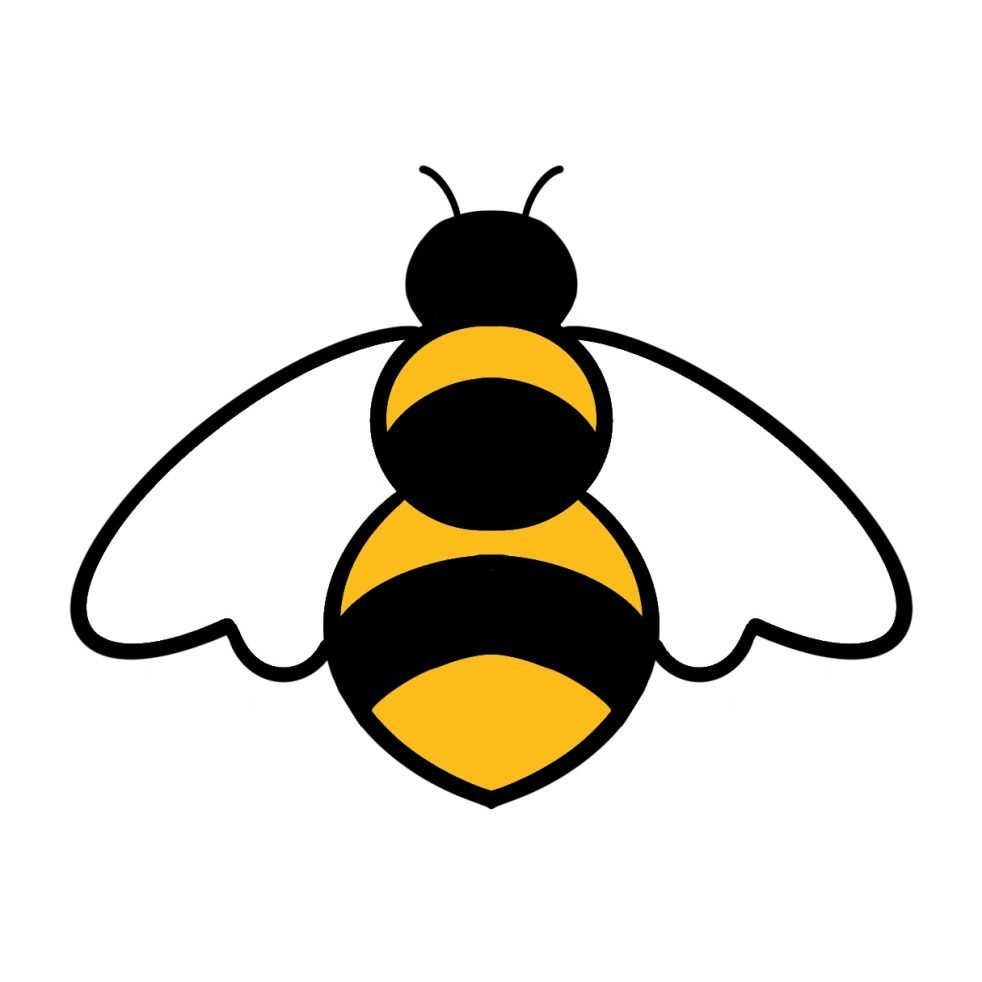I was very generously gifted this circular woven wall hanging kit to review by Box Clever Crafts, a new craft kit company that launched their first five boxes last month. Their mission is to make crafting and creativity accessible to everyone by designing craft boxes that offer a step by step guide to learning a new skill and creating something beautiful that can be kept or given as a gift.

Included in the kit was:
• 28cm circular wooden weaving loom
• Plastic needle
• Warp string
• Wool roving x2 (natural, grey)
• Recycled t-shirt yarn (grey)
• Fluffy yarn (pink)
• Mixed strings of recycled fabrics
• Beads x3
• ‘Handmade with Love’ tag

All the yarns felt lovely and of a high quality and having the mixed strings of recycled fabrics included meant that there was lots of variety too choose from to make your weaving really unique and there is plenty left over to include something a little special in future projects.

The instructions were easy to follow with clear pictures and diagrams. I was expecting the instructions to be fairly prescriptive to recreate the design shown in the picture on the front of the booklet. However, whilst the first half did take a step-by-step approach with stringing the loom and wrapping the edge with t-shirt yarn to create a border, the second half of the booklet had instructions for each of the types of weave (plain, twill, soumak, and rya knots), but no specific instructions for designs. This gives the weaver freedom to use their own creativity to create any design they wish with the materials provided. I think this really taps into Box Clever Crafts ethos of championing creativity. Although the instructions are perfect for beginners, being allowed to do whatever you want can be a bit daunting for some people when they first get into crafting, so the inclusion of some circular weaving examples from Pinterest is helpful.

I decided to add my Rya knots first to create tassels hanging down from the bottom of my hoop. This helped by blocking out part of the loom so I could see where I needed to weave up to. I had a go of all the weave techniques included in the booklet and started weaving from the outside, working my way into the centre. I didn’t really plan my design in advance because I wanted to try all the techniques and lots of the yarns and fabrics included, so it is a bit haphazard. I wasn’t sure how to create the loopy texture at the centre, but I knew I didn’t want to do plain weave as I know that the warp gets very tight and is difficult to weave at the end. I decided to use the soumak technique but leave it very loose, which seems to have worked well.

Box Clever Crafts have a range of kits already available on their Etsy shop, ranging in price from £19.99 – £24.99. This circular weaving kit is £24.99 and you can choose from a variety of colour options. It would be nice to see them have a proper website in the future with a subscription option, but for now its great to be able to pick and choose from the crafts they have on offer. I’ll be interested to see what kits they add in the future.












































